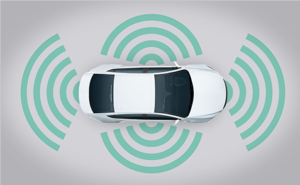Not many people may hear of urea as a key ingredient in agriculture fertilizer, and diesel exhaust fuel, until recently. Yet, this previously unknown chemical is dominating the headlines in Korea.

The alarming level of air pollution in the country has necessitated the switch from BS 4 emission standards to stricter BS 6 norms, while altogether skipping BS 5. Set to come into effect from 1 April, the BS 6 norms can reportedly make petrol vehicles 25 percent cleaner than their BS 4 counterparts while BS 6 Diesel vehicles are expected to be almost 70 percent less polluted than BS 4 diesel vehicles. Today it become necessary to shift our functioning of vehicles towards an environmentally friendly method.
Automotive Urea AdBlue, also known as Diesel Exhaust Fluid (DEF), is the registered trademark for AUS32 (aqueous urea solution 32.5%). The considerable difference in emissions levels is achieved by making several changes in the engine, including using new hardware. This includes equipment like the bigger catalytic converter, Diesel Particulate Filter (DPF), Lean Nox Trap (LNT), etc. But the urea method in the car requires some common compound that is often in several products including fertilizer.

Vehicles equipped with a selective catalyst reduction (SCR) systems used AdBlue to reduce the harmful emissions from internal diesel combustion engines.
AdBlue is made by mixing urea with demineralized water resulting in a 32.5% aqueous urea solution. AdBlue 32.5% is cooled and transferred to storage tanks. BS 6 vehicles making use of this technology have a separate tank for AdBlue and the solution is regularly replenished, usually during scheduled vehicles servicing
The ration of the concentrated urea and demineralized water must be controlled to ensure the desired concentration of the final product. Urea is added to many Diesel cars to convert dangerous nitrogen oxides into harmless nitrogen gas and water.
Now, we have already talked about how diesel engines are brought in compliance with BS 6 emission norms. Low-capacity diesel engines use DPF and LNT while bigger diesel units make use of DPF and SCR. The latter is the case where urea comes into play.
So, it is a very big step towards saving our environment from pollution and making our driving more enjoyable. We should appreciate this change in the automotive world.
Also Read : Types of Car Model




